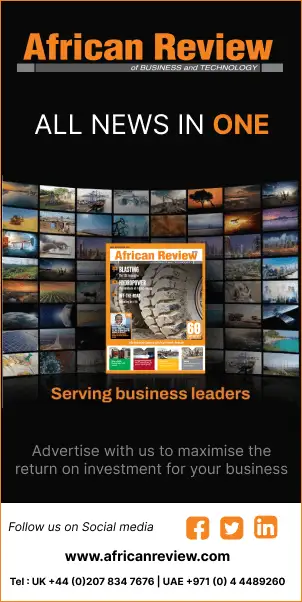South Africa-based Inspired Evolution has been named investment manager for Zafiri, a new entity focused on expanding access to electricity across sub-Saharan Africa
Zafiri is a capital investment vehicle to be established under the African Development Bank’s Mission 300 agenda to expand energy access for 300 million Africans by 2030.
Its founding partners also include the World Bank’s IFC, The Rockefeller Foundation, Trade and Development Bank Group and Nordic Development Fund.
Backed by an initial US$300mn capitalisation by 2026, Zafiri is expected to scale up to US$1bn to accelerate energy access in Africa.
Over its lifespan, it aims to facilitate new electricity connections and clean cooking access for more than 30 million people while supporting the growth of Africa’s distributed renewable energy (DRE) sector.
Operations will commence in early 2026.
“We are honoured to partner with IFC, AfDB and global investors to manage Zafiri, a vehicle uniquely designed to close the equity financing gap for distributed energy solutions across Africa,” said Wayne Keast, co-founder and managing partner at Inspired Evolution.
“We will focus on building and scaling high-impact businesses that can deliver clean, affordable and reliable energy while driving inclusive and climate-resilient economic growth.”
Zafiri’s goal is to channel long-term equity into DRE companies that are deemed essential to last-mile access, yet remain underfinanced by mainstream capital markets.
Announcing the appointment of Inspired Evolution to lead the project, Ethiopis Tafara, IFC’s vice president for Africa, said the lack of equity financing for distributed energy companies remains one of the key challenges slowing the continent’s energy transition.
“Zafiri addresses this ‘missing middle’ by offering long-term equity to these providers, helping scale innovative business models,” said Tafara.
Inspired Evolution brings strong local investment expertise and a proven track record, making it a valuable partner for M300 in delivering development impact through the private sector, Tafara added.
Founded in 2007, the climate investment firm also has offices in Nairobi, Abidjan, London and Mauritius.
Headquartered in Cape Town, it has financed more than 10 GW of renewable energy generation, supported 29 companies across 18 African countries, and manages over US$850mn, including co-investments, through its suite of Evolution funds.
Kevin Kariuki, AfDB’s vice president for power, energy, climate and green growth, said that Zafiri will “inject the much-needed risk capital to take the DRE sector to the next level in terms of commercial maturity, larger operational footprint, and ultimately impact on the many communities beyond the grid.”
Read more:
Renewable energy boost for African mining









